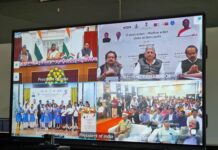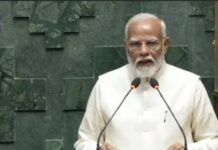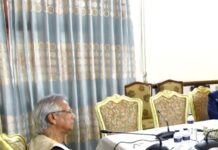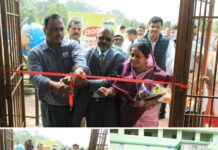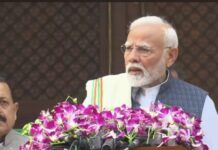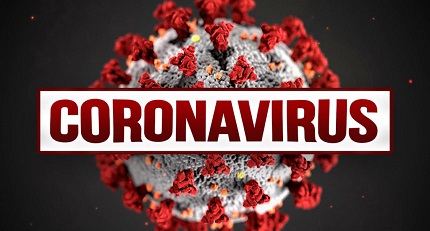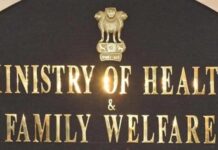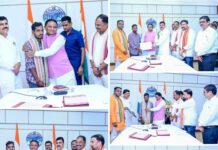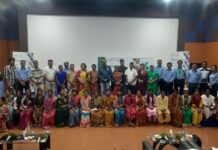By Our Correspondent
NEW DELHI: As many as 8 binational teams consisting of researchers from India and the US have received awards to pursue cutting-edge research in pathogenesis and disease management of COVID-19 through Indo-US virtual networks. The areas of research they will pursue include antiviral coatings, immune modulation, tracking SARS CoV-2 in wastewater, disease detection mechanisms, reverse genetics strategies, and drug repurposing.
The Indo-US Science and Technology Forum (IUSSTF) announced the awards to eight binational teams, consisting of leading researchers from India and U.S for COVID-19 Indo-U.S. Virtual Networks in support of the efforts of the medical and scientific community to find solutions to the COVID 19 pandemic and emerging global challenges.
The IUSSTF is an autonomous bilateral organization jointly funded by the Governments of India and the US that promotes Science, Technology, Engineering and Innovation through substantive interaction among government, academia and industry. The Department of Science & Technology, Governments of India and the U.S. Department of States are respective nodal departments.
The eight teams are among the best few who had submitted proposals in response to an invitation of proposals to harness the combined expertise of the Indian and U.S. Science & Technology communities, facilitate partnerships between teams of Indian and U.S. scientists and engineers currently engaged in COVID-related research, and leverage existing infrastructure from both countries to further advance the research and accelerate progress.
Following a rigorous binational peer-review process, these eight teams will be pursuing cutting-edge research in areas that include studies on pathogenesis and disease management in COVID-19, antiviral coatings, immune modulation, tracking SARS CoV-2 in wastewater, disease detection mechanisms, reverse genetics strategies, and drug repurposing.
Congratulating the teams, the Co-Chairs of the bilateral IUSSTF highlighted the importance of the US-India partnership. Professor Ashutosh Sharma , Secretary, Department of Science and Technology, Government of India and IUSSTF India Co-Chair said, “an overwhelming response in a short time to the special call on COVID-19 demonstrates a wide spectrum of cooperation between India and USA from the basic studies on the behavior of SARS-Cov-2 virus to its transmission to diagnostics and therapeutic approaches. Our existing strong cooperation in S&T on health, energy, artificial intelligence and so on. also continues to bring value and attests to the importance of Indo-US collaborations in providing compelling solutions.”
Dr. Jonathan Margolis, Deputy Assistant Secretary for Science, Space and Health, Bureau of Oceans and International Environmental and Scientific Affairs, U.S. Department of State, and IUSSTF U.S. Co-Chair remarked, “we are pleased that the United States and India were able to quickly mobilize, through IUSSTF, to support jointly developed innovations to fight COVID-19. Our people and economies both rely on science and technology to identify tools to address the pressing challenges of the current pandemic”.
Global challenges call for global collaborations and partnerships, a shared vision bringing together the best and brightest scientists, engineers, and entrepreneurs to work together to find solutions, not only to address the current pandemic, but also for the challenges that lie ahead. “Through the sharing of expertise across scientific communities and geographic boundaries, the Indo-US Virtual networks will enable breakthroughs, leading to the development of innovative and transformative solutions to combat this pandemic”, said Dr. Nandini Kannan, Executive Director IUSSTF.
The mission of the binational Indo-US Science and Technology Forum is to act as a catalyst to promote long-term scientific collaborations between India and the United States through partnerships amongst individual scientists, scientific institutions, and the scientific community at large.



